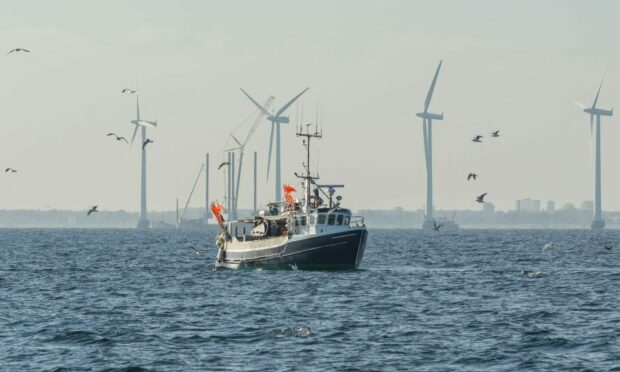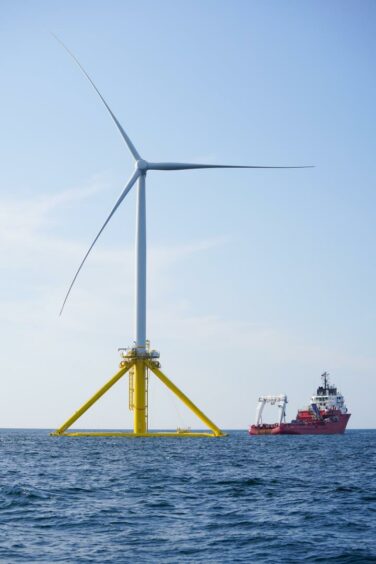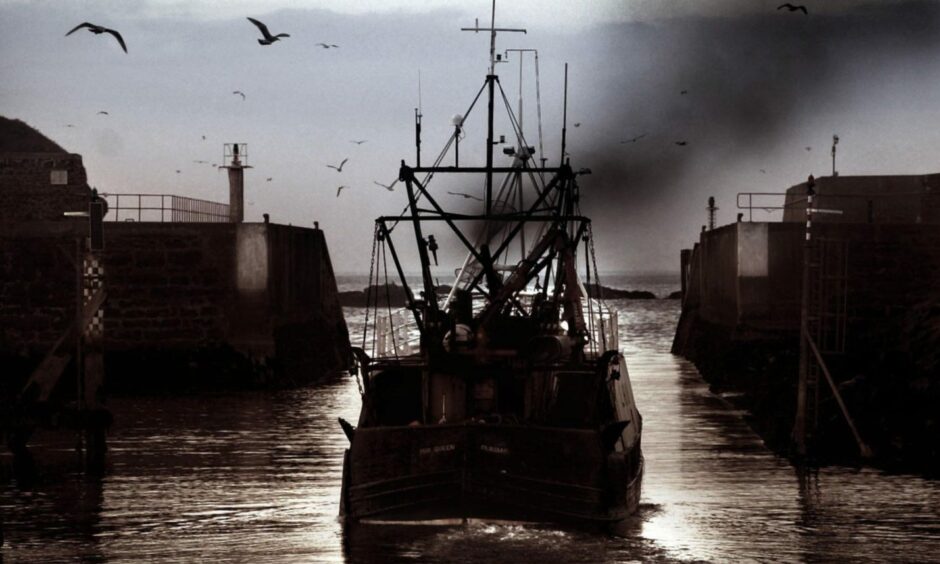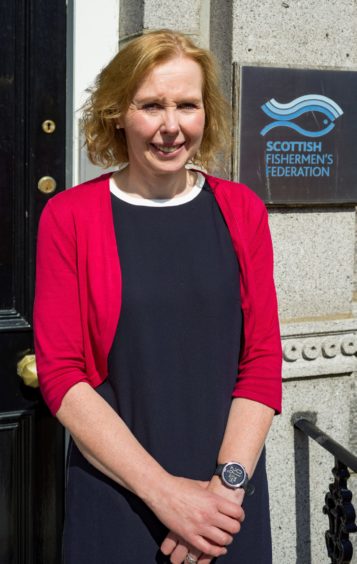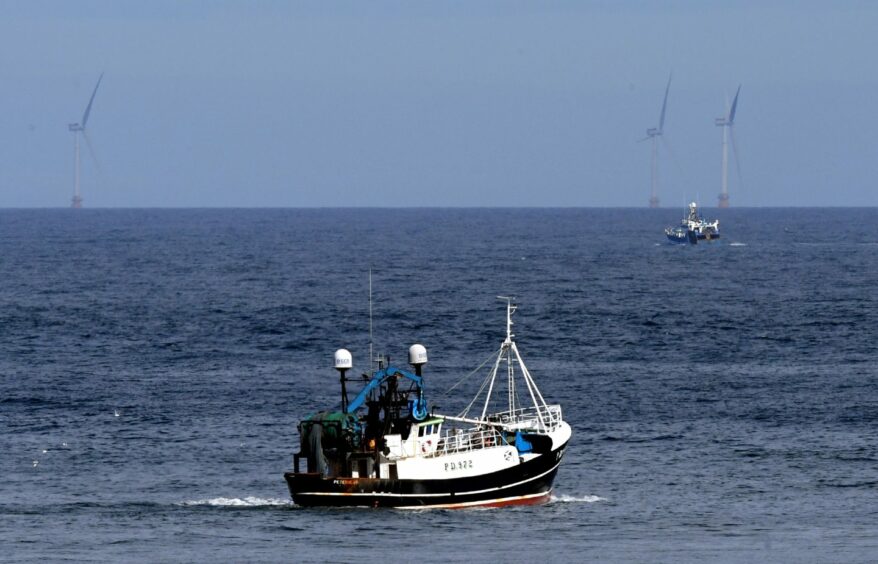The fishing and offshore wind industries are not obvious bedfellows but it is hoped a new roadmap will pave the way for a harmonious relationship.
It identifies and prioritises potential interactions between fishing and floating wind, while also offering an overview of current activities.
In addition, the document makes a series of recommendations to help both industries make the most of new opportunities and overcome some of the challenges they face.
The commercial roll-out of floating wind will bring huge economic benefits to Scotland. But we recognise the sector’s development may also impact on Scotland’s established fishing sector.”
Ralph Torr, Floating Offshore Wind Centre of Excellence.
The roadmap is aimed at promoting “constructive interaction”.
It has been published by the Offshore Renewable Energy (Ore) Catapult’s Floating Offshore Wind Centre of Excellence (FOW CoE).
The authors liaised with representatives of the fishing and floating wind industries, as well as key stakeholders associated with Scotland’s marine environment development.
They now hope to keep the positive dialogue going between both sectors, particularly as the commercial scale roll-out of floating wind intensifies over the next decade.
FOW CoE programme manager Ralph Torr said: “The commercial roll-out of floating wind will bring huge economic benefits to Scotland and be a vital part of our future energy mix as we strive to achieve our net-zero targets.
“But we recognise the sector’s development may also impact on Scotland’s established fishing sector.
“That’s why we want to encourage early engagement on both sides to ensure we can meet the needs of both industries.”
Floating offshore wind is clearly part of Scotland’s energy mix for the future, but it will bring major challenges for our industry.”
Elspeth Macdonald, chief executive, Scottish Fishermen’s Federation.
Future research activities will be led and delivered by organisations across the two industries and integrated into the future FOW CoE work programme.
The project steering group is comprised of Ore Catapult, Marine Scotland, Crown Estate Scotland, and Fife-based next-generation offshore wind firm Quaybridge.
Other partners include the Scottish Fishermen’s Federation (SFF), Scottish White Fish Producers’ Association, National Federation of Fishermen’s Organisations, Communities Inshore Fisheries Alliance, Northern Lighthouse Board, Maritime and Coastguard Agency, floating offshore wind project developers and The Crown Estate.
SFF chief executive Elspeth Macdonald said: “Floating offshore wind is clearly part of Scotland’s energy mix for the future, but it will bring major challenges for our industry by increasing the ‘spatial squeeze’ on fishing.
“Scottish wild-caught seafood, providing healthy protein with very low emissions, is also part of the transition to net-zero, so we welcome this early engagement aiming to reduce spatial conflicts between floating offshore wind and fishing.”
Ms Macdonald added: “This work recognises fishing’s place in Scotland’s national marine plan.
“SFF supports initiatives like this one to increase understanding and communication between maritime industries.”
Annie Breaden, head of policy for Crown Estate Scotland, said: “With applications to build Scotland’s next generation of offshore wind farms via our ScotWind leasing process currently being assessed, this is a very welcome and timely piece of work.
“We know there is huge interest in the Scottish offshore wind market, which is vital for our net-zero ambitions.
“Effective engagement with other sectors such as fishing is a key part of Scotland’s energy transition.”
Net Zero and Energy Secretary Michael Matheson said: “The report will help inform our planning and consenting processes as we build our renewables capacity, while continuing to collaborate across sectors to ensure a greener, fairer future for everyone.”
It is hoped the roadmap can be used to also support constructive engagement between the floating wind and fishing industries across other parts of the UK.
